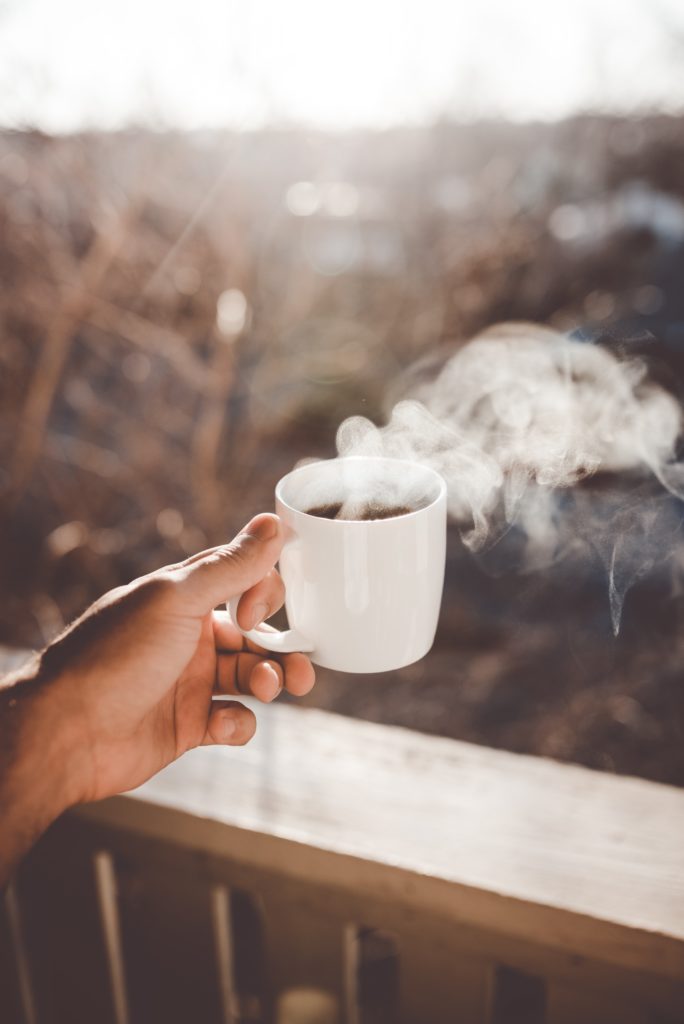This post contains affiliate links. Click here to read my affiliate policy.
Last Updated on December 8, 2023

If there’s a debate you’d want to have over a cup of coffee, this is it.
Whether you’re a coffee connoisseur or someone who simply can’t function without their morning cuppa, you probably love to geek out over coffee. And, while the battle between French press and drip coffee had been raging for years now, you may have just started wondering which camp you belong to. Or, you may be trying to decide whether to buy a new French press or an automatic drip coffee maker.
Whatever be the reason you’re reading this, let’s begin by getting one thing out of the way: Both brewing systems have their advantages and their drawbacks. Before we dive into the differences, here’s a view into what these two coffee-making methods are all about.
What is the French Press?
With a century of history behind it, the French Press is a time-tested method of brewing coffee. Called by several names such as cafeteria, cafetière, cafetière à piston, coffee plunger, press pot, and coffee press, this classic device, surprisingly, is not a French but an Italian invention. The earliest design of what we today know as French Press was patented by designer, Attilio Calimani in Milan in 1929.
Since then, it has graced many household kitchens and hotel rooms. In fact, some swear by its capability to brew a rich and intensely flavoured cup of coffee, perhaps only comparable to an espresso machine.
How Does it Work?
A French Press has a rather simple design. It consists of a glass or stainless steel container with a metal mesh filter attached to a rod (also called a plunger), with a lid on top.
Steps to make French press coffee:
- Put coffee grounds in the bottom of the container
- Pour hot (not boiling) water on it
- Stir the coffee grounds and put the lid on
- Allow the coffee grounds to steep for 4-5 minutes
- Press the plunger to let the metal mesh filter the coffee grounds
And voila, you have a delicious brew ready to be enjoyed!
A Word or Two About Drip Coffee
The automatic drip coffee maker has also seen a century of modifications. Today, they are a standard feature in homes, offices, and practically anywhere that demands a fresh cup of joe to be brewed on-the-fly. That’s right — the convenience of this brewing method is one of its biggest draws.
Being fully automated, drip coffee makers are truly ‘set and forget’ machines just like grind and brew coffee machines. All you have to do is simply put coffee grounds into the filter and switch it on. And before you know, you have a steaming cup of coffee in front of you!
Some drip coffee machines even have timers that let you program them so you can wake up to a pot of freshly brewed coffee.
How the Two Stack Up Against Each Other?
While both the drip coffee maker and the French Press take nearly the same amount of time to get a cup of coffee ready for you, the latter is a more hands on process. In contrast, you can leave the drip coffee maker to do its own thing and come back when the brew is ready. The convenience of this machine is hard to match.
However, there’s little you can do to adjust the flavour of coffee brewed in a drip machine according to your preference since it doesn’t allow you to control water temperature and brewing times the way French press can. Therefore, a drip coffee will typically taste uniform and somewhat flat compared to the delectably complex flavours that a French press manages to extract from the coffee grounds. But you can certainly get better results from your drip machine by using high-quality coffee grounds such as the ones made by Grand Cru Coffee.
If you’re planning to brew a big batch of coffee, however, a drip machine should be your pick since the French press generally has a maximum capacity of 10 cups only. But if it’s the taste and flavour you’re after, French press is the winner. That said, a drip machine is perfect for someone making their first cup of coffee or someone who prefers a brewing method that won’t require their undivided attention.
If you’re asking which method is better, there isn’t really a conclusive answer. We recommend giving both the methods a try to figure out which one meets your requirements and preferences. Ultimately, it’s all about that hot, delicious cup of coffee, which you’ll also enjoy brewing!

